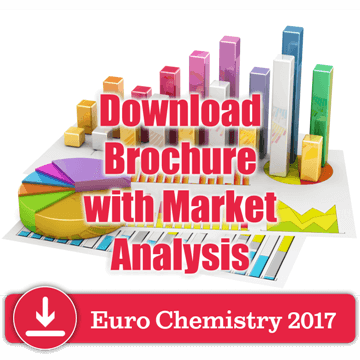Vakhtang Barbakadze
Tbilisi State Medical University Institute of Pharmacochemistry, Georgia
Title: Plant Macromolecule from different species of Boraginaceae family, its synthetic monomer and their anticancer efficacy
Biography
Biography: Vakhtang Barbakadze
Abstract
The 13C NMR experiments of water-soluble high-molecular preparations from different species of Boraginaceae family were carried out and simulated 13C NMR spectrum was calculated for 2-hydroxy-3-(3',4'-dihydroxyphenyl)-propionic acid residue (I) of the corresponding polyether using ACD/CNMR Version 1.1 program. Signal positions in the 13C NMR spectrum of this hypothetical structure (I) coincided satisfactory with the experimental values. According to 13C, 1H NMR, APT, 2D heteronuclear 1H/13C HSQC and 2D DOSY experiments the main structural element of these preparations was found to be a regularly substituted by 3,4-dihydroxyphenyl and carboxyl groups polyoxyethylene backbone, namely poly[3-(3,4-dihydroxyphenyl)glyceric acid] (PDPGA) or poly[oxy-1-carboxy-2-(3,4-dihydroxyphenyl)ethylene]. The synthesis of racemic monomer of PDPGA 2,3-dihydroxy-3-(3,4-dihydroxyphenyl)propionic acid (DDPPA) and its enantiomers (+)-(2R,3S)-DDPPA and (–)-(2S,3R)-DDPPA was carried out via Sharpless asymmetric dihydroxylation of trans-caffeic acid derivatives using a potassium osmate catalyst and enantiocomplementary catalysts cinchona alkaloid derivatives (DHQ)2-PHAL and (DHQD)2-PHAL as chiral auxiliaries. The opposite conï¬guration of both enantiomers was conï¬rmed by measurements of the optical rotation (+)/(–)-values and circular dichroism spectra. The determination of enantiomeric purity was performed by HPLC analysis. PDPGA and DDPPA exerted anti-cancer efficacy in vitro and in vivo against human prostate cancer (PCA) cells via targeting androgen receptor, cell cycle arrest and apoptosis without any toxicity, together with a strong decrease in prostate specific antigen level in plasma. However, our results showed that anticancer efficacy of PDPGA is more effective compared to its synthetic monomer. Overall, this study identifies PDPGA as a potent agent against PCA without any toxicity, and supports its clinical application.

